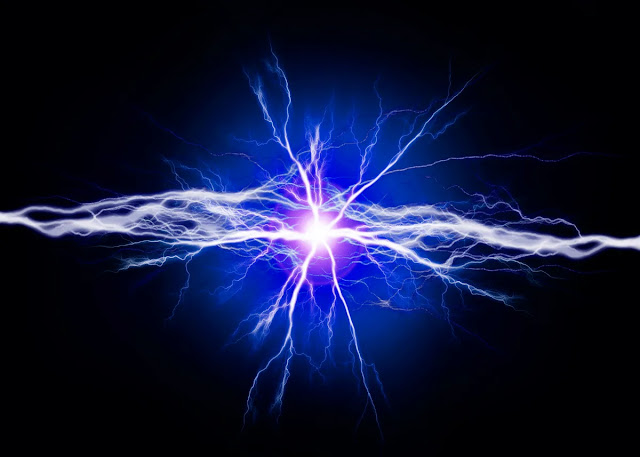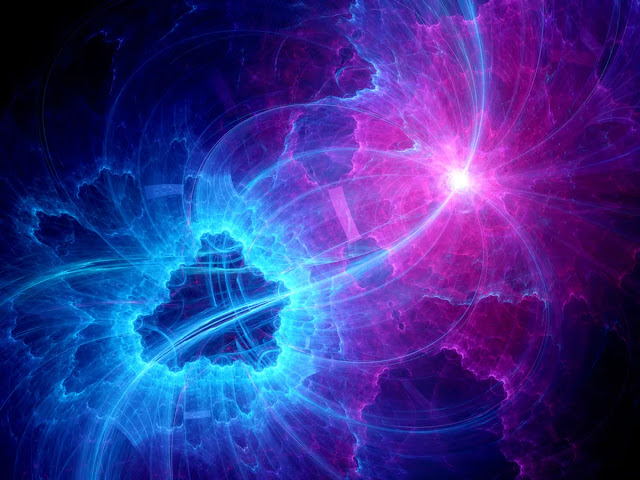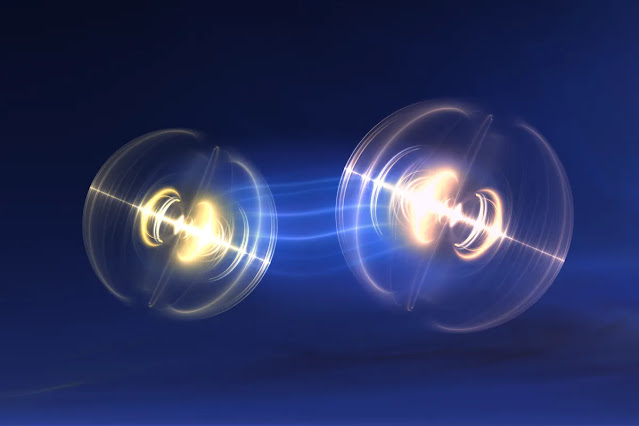Energy storage could be facilitated by batteries that utilize quantum processes that seem to defy our conventional understanding of the laws of physics. These batteries have only been created on a small scale in laboratories, but in some niches, they may eventually prove to be the better option due to their benefits over traditional batteries.
One of the biggest problems of our day is energy storage, which affects everything from tiny medical gadgets to variable energy source grid backups. Part of that is charging quickly and effectively. Although quantum effects occur on a very tiny scale by definition, Yuanbo Chen, a Ph.D. student at the University of Tokyo, is part of a team that believes they could significantly impact some parts of this issue.
According to Chen’s remark, “Quantum batteries use microscopic particles like arrays of atoms to store charge, whereas current batteries for low-power devices, such as smartphones or sensors, typically use chemicals like lithium.” Since microscopic particles are quantum in nature, we have the opportunity to investigate applications of chemical batteries that defy or even bend our preconceived notions about what happens at small sizes, yet chemical batteries are subject to the standard principles of physics. I’m especially curious about how quantum particles might be used to subvert time, which is one of our most basic senses.
Causality in classical physics can only operate in one direction: the cause comes before the effect. This seems to be the case even for quantum physics, which so frequently rejects being constrained by seemingly inviolable principles of physics. That is, A must come before B for B to have any chance of being caused.
Chen, though, is a member of a group that has demonstrated that things don’t have to be that way. They have shown that it is conceivable to superimpose two states: one where B comes before A and where A comes before B. This suggests that it is possible to cause the first state. An illustration of indeterminate causal order (ICO) is this.
This implies that a quantum battery can be charged by a superposition of both charging devices, as opposed to being charged by one charging device first and then the other. Furthermore, when this is done, results improve collectively that would often need to be traded off against one another. Chen and colleagues write, “Our results demonstrate that both the amount of energy charged and the thermal efficiency can be boosted simultaneously.”
“We showed with ICO that a quantum particle battery’s charging method could significantly affect the battery’s performance,” Chen added. “We saw significant improvements in the system’s thermal efficiency and energy storage. Furthermore, we found the unexpected result of an interaction that goes against common sense: Using the same equipment, a lower-power charger might produce higher energies more efficiently than a comparable higher-power charger.
Using a quantum switch—which they describe as a device that takes two channels as inputs and, based on the state of the order qubit, outputs a superposition of channels in various causal orders—the team was able to do this.



